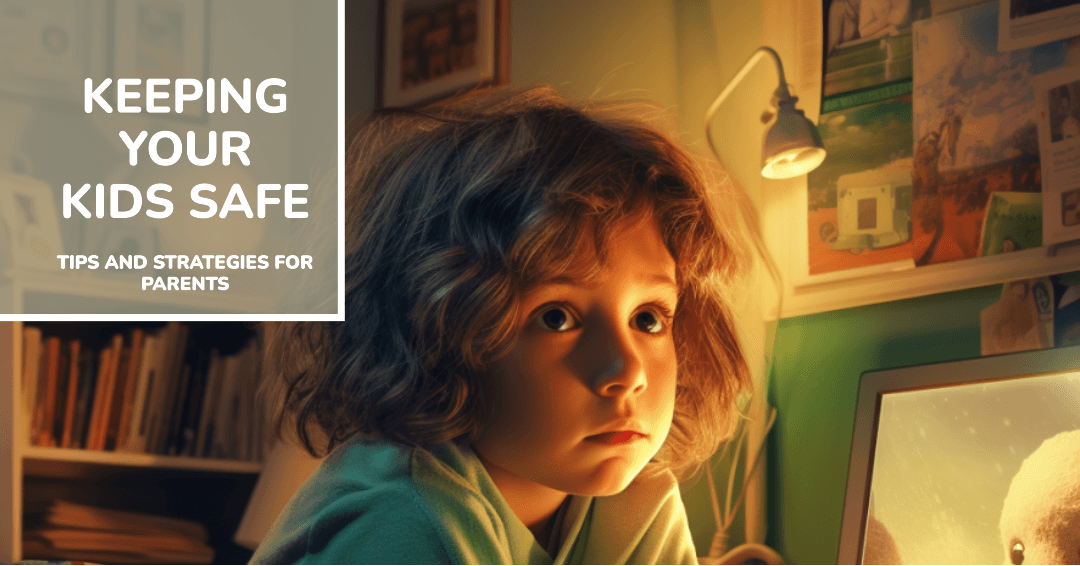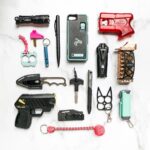As parents, keeping kids safe and protected is our number one priority. But with new technological, digital, and societal threats emerging, it can feel like an impossible task trying to safeguard our children’s wellbeing.
This comprehensive guide aims to provide you with the knowledge, tools, and best practices to cover all aspects of child safety in today’s complex world. We’ll explore ways to childproof your home, leverage monitoring devices, teach critical personal safety skills, secure public places, prepare for emergencies, and more.
Think of this as your one-stop resource for evidence-based proactive measures you can start taking today to help ensure your kids remain happy, healthy, and out of harm’s way.
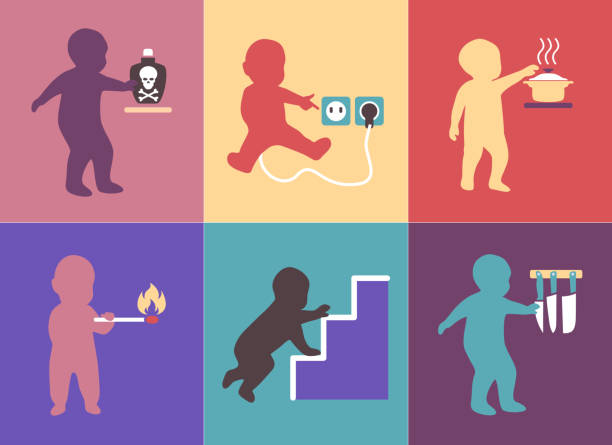
Why Keeping Kids Safe Now More Than Ever
Before we dive in, let’s ground ourselves in why active efforts to protect children are so critical in this day and age:
The Rise of Online Threats
With the proliferation of digital devices and the internet, children now face dangers like cyberbullying, online predators, and exposure to inappropriate content. Just some troubling statistics:
- 1 in 3 kids are bullied online
- Over 50% of kids have been asked to meet a stranger from the internet
- 70% of kids have accidentally encountered sexual content online
It’s imperative we teach kids how to safely navigate the online world.
The Persistence of Real-World Dangers
Dangers didn’t disappear with the arrival of the digital age. Threats like abductions, abuse, injuries, and accidents are still very real. For example:
- Around 100 kids die annually in hot cars in the U.S.
- 3,500 children drown in pools each year
- 45% of car seats are installed incorrectly, risking injury
We must secure the physical spaces around children and teach safety best practices.
The Need for Diligent Parental Involvement
Ultimately, children rely on parents and caregivers to implement layers of protection. Proactive measures and open communication are key to keeping kids secure.
With some education and the right tools, we can overcome fear, arm our kids for the world ahead, and provide them room to safely explore it.
Now let’s get started with some best practices for the main areas of child safety…
Securing Your Home Environment
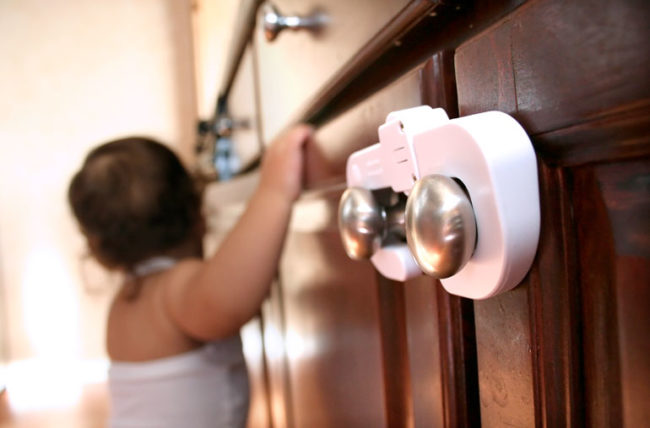
The first line of defense starts right at home by minimizing hazards. Here are some top tips for keeping your kids safe by childproofing your house and making it safer:
Do a Safety Sweep
- Walk through your home room-by-room and look for dangers to eliminate: sharp edges, choking hazards, dangling cords, poisonous plants etc.
- Get on your hands and knees to view things from a child’s perspective.
- Make sure to check lesser-used areas like basements, yards and garages.
Install Safety Devices
- Use outlet covers, corner guards, cabinet locks, and edge bumpers to minimize injuries.
- Secure TVs and furniture to walls with anchors to prevent dangerous tip-overs.
- Install window guards and limits to prevent falls.
Lock Away Hazards to Keep Your Kids Safe
As parents and caregivers, we know our homes can be filled with potential hazards. Here are some tips to help safeguard curious kiddos:
Storing Medications Safely
- Use locks. Keep meds in a securely locked cabinet or box out of tiny hands’ reach.
- Original containers. Never transfer pills or liquids into unmarked containers – stick with original child-resistant bottles.
- Prompt disposal. Toss unfinished or expired medicines so they don’t fall into the wrong hands.
Laundry Packet Precautions
- Original packaging. Detergent pods look like candy – store packets in their original out-of-sight containers.
- No touching. Make laundry rooms off limits. Pods can cause serious harm if ingested.
Locking Up Household Cleaners
- Use latches. Secure cleaners and chemicals in a locked cabinet away from kids.
- Child-resistant bottles. Never put potentially toxic cleaners in alternative containers.
Protecting From Button Batteries
- Secure compartments. Ensure battery compartments on electronics and toys are safely screwed shut.
- Keep away. Do not let curious kids play with or touch coin lithium batteries. They can be fatal if swallowed.
Little minds are always exploring. Let’s do all we can to keep their worlds hazard-free!
- Store cleaning products, chemicals, medicines, sharp objects, matches, and other hazards in cabinets out of reach.
- Consider installing childproof latches and alarms on cabinets.
Prevent Access
- Use safety gates at the tops and bottoms of stairs.
- Install alarms on exterior doors to alert you if children wander outside.
- Keep garage remotes and keys safely hidden from kids.
Secure Bodies of Water
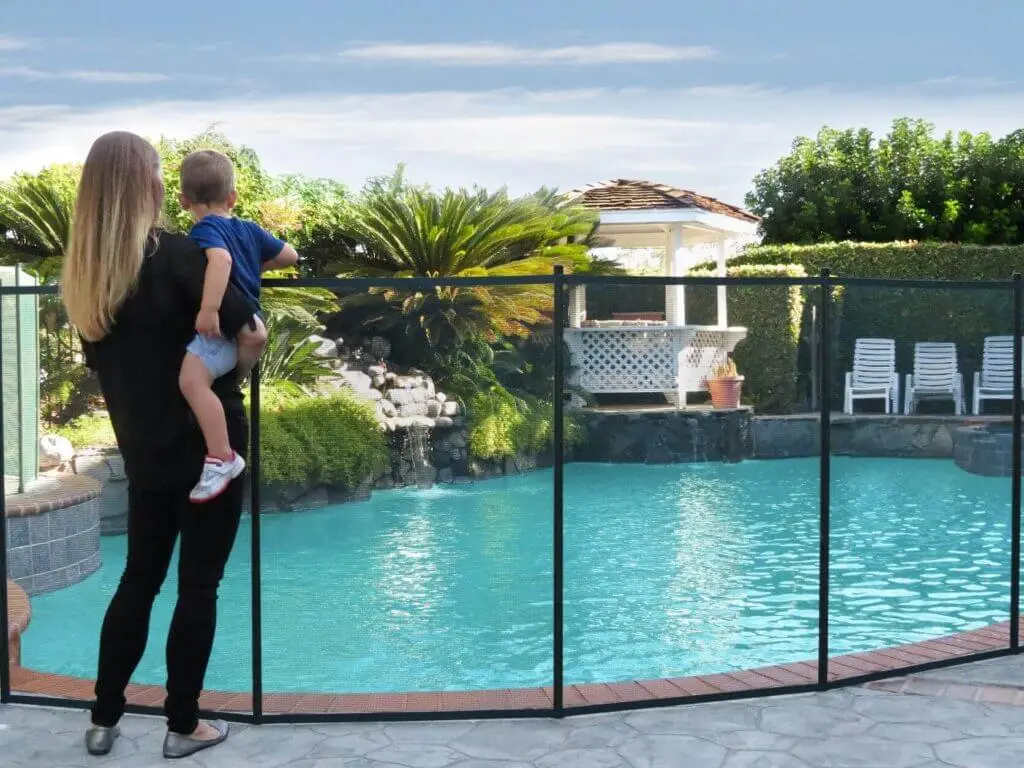
- Install proper fencing with a self-latching gate around pools.
- Use pool alarms and consider covers when not in use.
- Utilize drains covers and teach water safety.
Check Smoke Detectors
- Install detectors on every level of the home and in every bedroom.
- Test them monthly and change batteries twice a year.
- Create and practice a family fire escape plan.
Repeat Checks Regularly
- Reassess your home’s safety at least twice per year and whenever circumstances change.
- Conduct checks whenever a child reaches a new developmental stage.
- Update safeguards as kids become more mobile and curious.
A safe home minimizes injury risks and provides a secure base as kids grow.
Keeping Kids Safe Through Location Monitoring

In addition to physical safeguards, technology now allows parents to attach “virtual leashes” to children when apart from them. Let’s explore some location monitoring options:
GPS Trackers
Dedicated GPS tracking devices designed for kids allow you to:
- Pinpoint their location in real-time
- Establish safe geographic zones with alerts when left
- See location history and patterns
- Two-way call for communication
Some top choices are Jiobit, AngelSense, and TickTalk.
Smartwatches
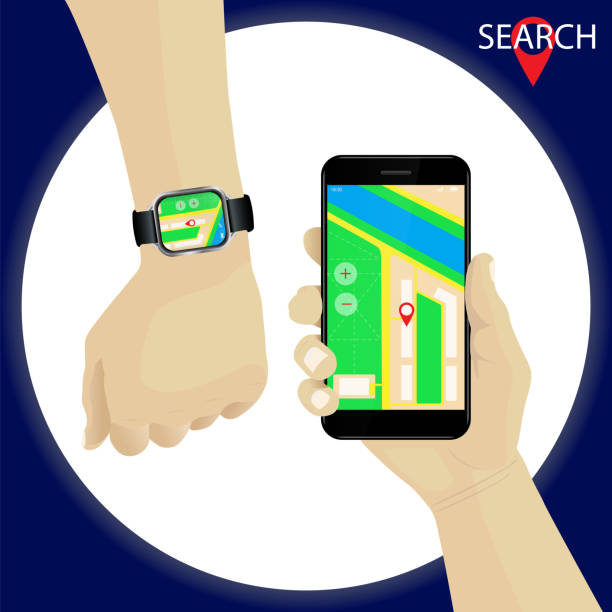
Many smartwatches double as safety devices with features like:
- Built-in GPS for real-time location tracking
- Geo-fencing with alerts when zones are left
- SOS alert buttons to instantly call for emergency help
- Two-way calling and messaging with parents
The Apple Watch and GPS kid watches are popular options.
Fitness Trackers
Fitness bands like Fitbit now offer:
- Basic real-time location tracking when in Bluetooth range
- Parental controls and monitoring via companion apps
- Alerts if removed and “virtual boundaries” when synced to a phone
So fitness bands can provide an alternate form of tracking.
Cons and Considerations
- These devices can infringe on privacy if overused, so balance with open communication.
- Nothing is foolproof. Most require charging and proper use.
- They are tools for alerting and finding in emergencies, not preventing danger outright.
Overall though, location monitoring gadgets are useful additions to any child safety toolkit.
Keeping Kids Safe By Teaching Personal Safety Skills
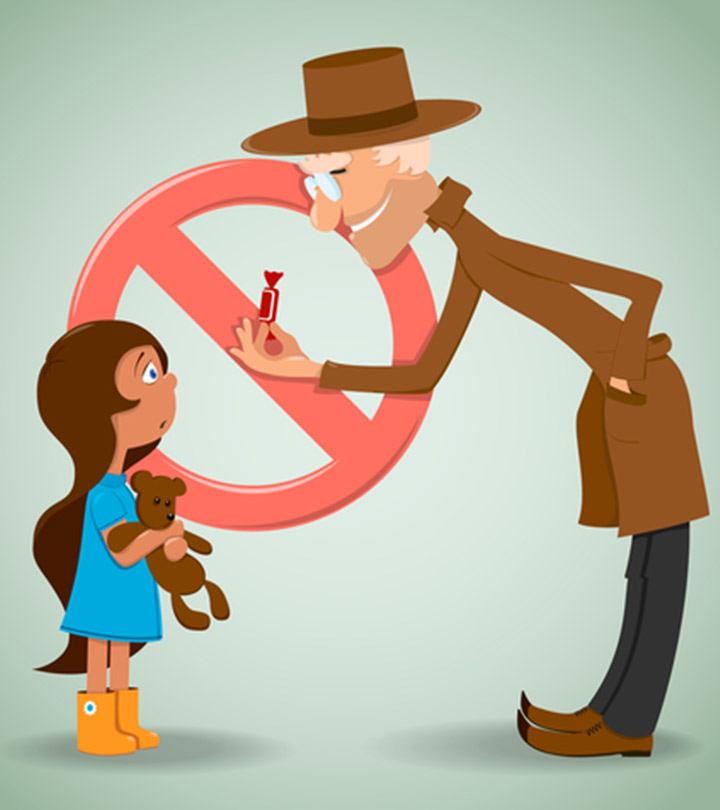
Beyond physical security measures, teaching kids essential personal safety skills can keep them safe and give you peace of mind when apart.
Identify Trusted Adults
- Help kids identify at least 5 trusted adults (parents, teachers etc.) they can go to for help in different locations.
- Make it clear they can talk to these adults if they ever feel uncomfortable or threatened.
Set Physical Boundaries
- Teach kids about safe and unsafe touches so they understand personal boundaries.
- Encourage them to say “no” and tell a trusted adult if someone breaks boundaries.
Recognize Lures
- Explain that predators may offer gifts, compliments, or assistance as a way to gain trust.
- Remind kids to stay away from strangers, including online.
Avoid Being Alone
- Caution kids about going places alone without permission or supervision.
- Encourage the buddy system for playing, walking, and bike riding.
Teach How to Get Help
- Kids should know their full name, parents’ names, address, and phone numbers.
- Role play speaking up to trusted adults, law enforcement, store clerks etc.
- Tell them not to be afraid to cause a scene if they feel unsafe.
Use Code Words and Contacts
- Create a family password kids only know for identifying safe adults.
- Ensure kids have emergency contacts readily available when away from guardians.
Consider Self Defense
- Think about enrolling older kids in age-appropriate self defense classes.
- This can teach them to protect themselves as a last resort.
Reinforce these lessons continuously so they become ingrained. Personal safety smarts help kids handle emergencies on their own if needed.
Keeping Kids Safe In Public Places
When Keeping kids Safe out in public areas, extra precautions are needed to prevent losing them or falling victim to predators. Here are some tips:
Set Expectations Beforehand
- Discuss rules of conduct and limitations before entering crowded venues.
- Make sure kids understand the importance of sticking close and behaving safely.
Accompany Young Kids
- Children under 10 should always be accompanied to restrooms for safety.
- Never let young children wander unsupervised in public places.
Utilize Tracking Devices
- Place ID bracelets and contact info on kids with conditions like autism that may cause wandering.
- Use location trackers described in the previous section.
Identify Landmarks and Meetup Spots
- Pick visible landmarks as meetup spots if separated.
- Teach kids to stay put if lost until you reconnect.
Be Extra Vigilant in Risky Areas
- Be hyper aware and set firm boundaries around bodies of water, amusement park rides, and high-traffic areas.
- Ensure kids understand these areas pose extra risks if proper precautions aren’t taken.
Crowded public places call for clear guidelines and close supervision to prevent losing sight of kids.
Preparing Kids for Emergencies
While no one likes to think about disasters and emergencies, preparing kids by teaching safety fundamentals can save lives. Here are some key tips:
Create an Emergency Plan
- Identify nearby trusted adults kids can go to in an emergency if you’re unavailable.
- Pick an emergency meeting place in your neighborhood if unable to return home.
- Share emergency contacts, family passwords, and your disaster plan with trusted adults and schools.
Practice Drills
- Conduct fire drills at home, ensuring everyone understands safe evacuation routes.
- Also practice “sheltering in place” in case evacuating is dangerous.
- Role play earthquake and lockdown drills at home for preparedness.
Assemble Emergency Supplies
- Keep an emergency kit in an accessible location with a flashlight, batteries, radio, first aid kit, extra cash, and copies of crucial information.
- Also have accessible water, non-perishable food, blankets, masks, sanitizer, and medications.
- Make portable emergency kits kids can keep in backpacks and cars.
Teach Basic Survival Skills
- Show kids how to call for emergency help, administer first aid, filter water, and other independent survival basics age-appropriately.
Remain Calm and Stay Involved
- Let kids know that staying calm, following emergency plans, and listening to first responders gives them the best chance of staying safe if disaster strikes.
- Also emphasize that you’ll always do everything you can to help them if an emergency occurs.
Preparing for the worst while hoping for the best ensures kids know what to do when catastrophic events happen.
Additional Child Safety Resources
Use the following additional resources to continue expanding your child safety knowledge and tools:
- CPSC Safety Education Resources – Tips, videos, recalls and guides from the Consumer Product Safety Commission.
- CDC Child Safety Topics A-Z – Child injury data, fact sheets, and recommended safety actions from the CDC.
- National Child Safety Council – Nonprofit organization dedicated to preventing accidental childhood death and injury.
- NSPCC Child Safety Online – Guidelines for parents from the National Society for the Prevention of Cruelty to Children.
- Kids Health Safety Articles – From car safety to sports safety – safety tips and resources from the Nemours Foundation.
- Safe Kids Worldwide – Danh mục con của Tổ chức Y tế Thế giới về an toàn trẻ em.
- FamilyEducation Child Safety Hub – A robust central resource covering all aspects of child safety.
Proactive preparation and continuous education is key to keeping your precious children safe. Use this guide as a starting point, stay engaged day-to-day, and update approaches as kids grow. We hope you feel empowered to provide kids a lifetime of security.
Related Articles:
SETTING UP YOUR CHILD’S DEVICE? AVOID THESE 5 MISTAKES THAT PUT THEIR SAFETY AT RISK
